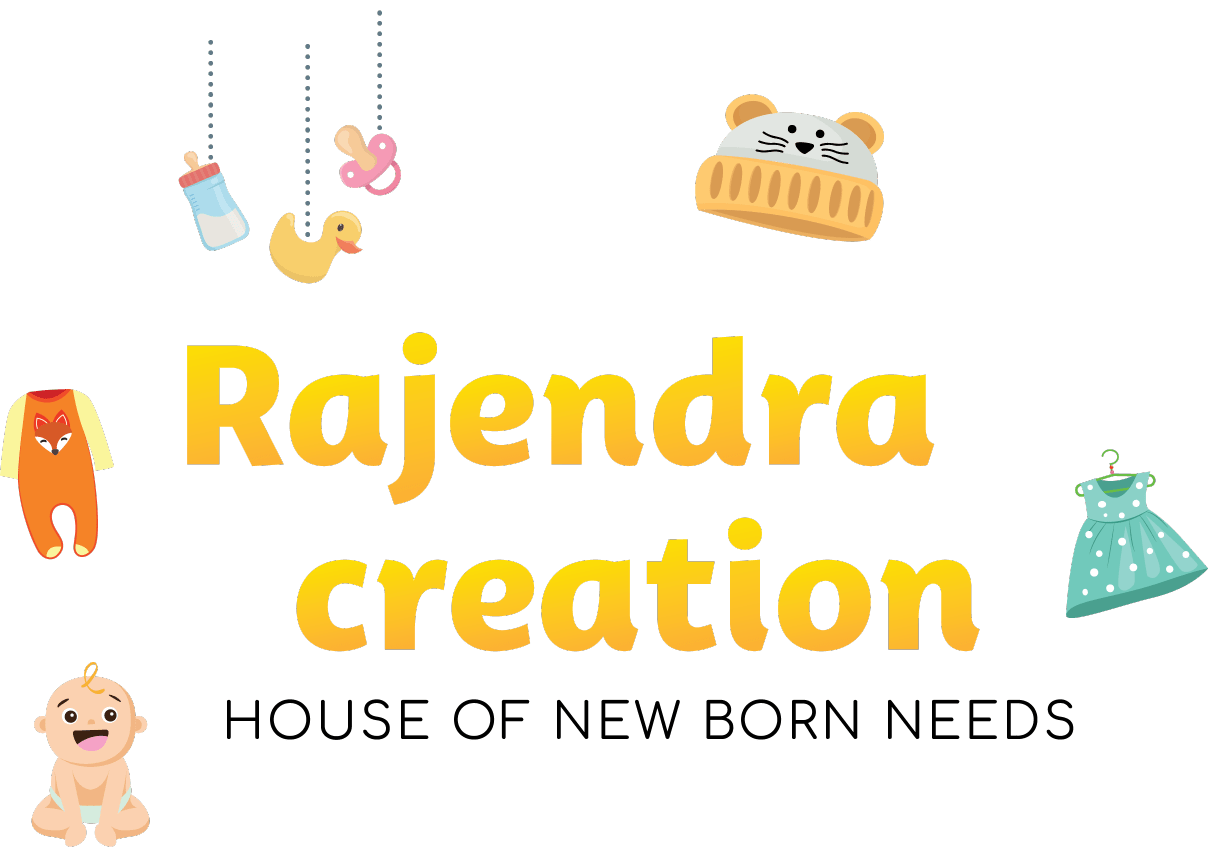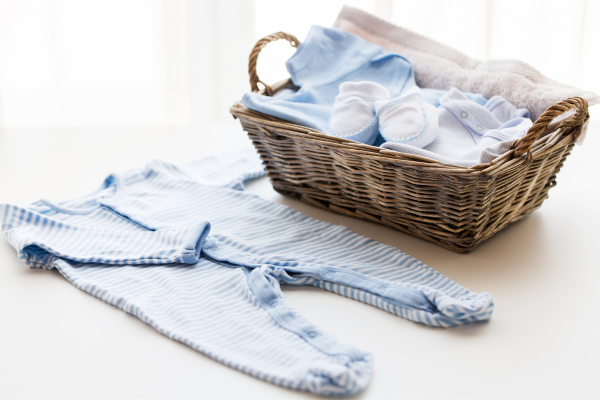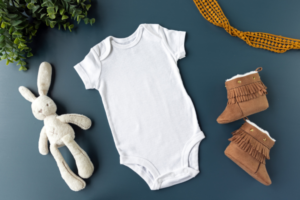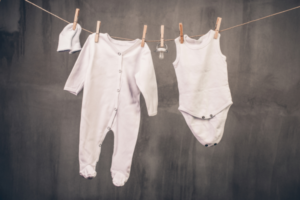Bringing a new life into the world is one of the most exciting experiences for parents-to-be. Amid the anticipation, there’s a lot to prepare, especially when it comes to making sure your baby has everything they need. While diapers, cribs, and feeding supplies are important, choosing the right newborn clothing is equally essential. Babies are delicate, and so is their skin, which means the clothes you choose should be practical, comfortable, and gentle.
In this detailed guide, we’ll walk you through the ultimate newborn clothing checklist to ensure you’re fully prepared for your baby’s arrival.
Understanding Newborn Clothing Needs
Before diving into the specifics of what to buy, it’s important to understand your newborn’s clothing needs. Babies grow rapidly, and they require frequent clothing changes due to spit-up, diaper leaks, and general messes. When shopping for newborn clothes, keep the following factors in mind:
- Comfort: Your newborn’s skin is very sensitive, so prioritize soft, breathable fabrics such as cotton or muslin to prevent irritation and overheating.
- Easy Access: Look for clothes that make diaper changes and dressing easy. Zippers, snaps, and envelope necklines (which can be pulled down rather than over the baby’s head) are practical features.
- Seasonality: Consider the time of year when your baby will be born. Warmer clothing like fleece or thicker cotton is essential for winter babies, while light, breathable clothes are better for summer babies.
- Size: Newborns grow quickly, so it’s a good idea to have a variety of sizes ready. Most newborn clothes are labeled as 0-3 months, but depending on your baby’s size, they may quickly outgrow them. It’s wise to have clothes in both newborn and 0-3 month sizes.
Essential Newborn Clothing Checklist
Now that you know what to consider, here’s a detailed list of the essential clothing items you’ll need for your newborn:
1. Onesies or Bodysuits (7-10 Pieces)
Onesies are a must-have for any newborn wardrobe. They’re versatile, easy to layer, and comfortable for your baby. Look for onesies made from 100% cotton or organic materials to ensure they’re gentle on your baby’s sensitive skin.
- Short-Sleeve Onesies: Ideal for layering or warmer weather.
- Long-Sleeve Onesies: Great for cooler months or for nighttime wear.
Tip: Opt for bodysuits with snap closures at the bottom for quick diaper changes and envelope-style necklines, which make it easier to pull the onesie down in case of messes.
2. Sleepers or Footed Pajamas (5-7 Pieces)
Sleepers, also known as footed pajamas, are perfect for keeping your baby cozy during naps and at night. These all-in-one outfits typically come with built-in feet, eliminating the need for socks.
- Zippers vs. Snaps: While snaps can be convenient for diaper changes, zippered sleepers are quicker to put on and remove, especially during nighttime feedings.
- Cotton Sleepers: Lightweight and breathable for everyday use.
- Fleece Sleepers: Warmer and ideal for cold weather.
Tip: Look for sleepers with fold-over mittens at the sleeves to prevent your baby from scratching their face.
3. Mittens (3-4 Pairs)
Newborns have tiny but sharp nails, and they can inadvertently scratch their delicate skin, especially their face. Soft cotton mittens are essential for preventing these scratches.
- Scratch Mittens: Lightweight and designed specifically to protect your baby from self-inflicted scratches.
- Fold-over Sleeves: Some onesies and sleepers come with built-in fold-over mittens, offering double protection.
4. Swaddles and Sleep Sacks (2-3 Pieces)
Swaddling helps your newborn feel secure and warm, mimicking the snug environment of the womb. A good swaddle can promote better sleep by preventing your baby’s startle reflex from waking them up.
- Muslin Swaddles: Lightweight, breathable, and great for warmer climates.
- Velcro or Zipper Swaddles: Pre-structured swaddles make wrapping your baby easier, especially for new parents.
- Sleep Sacks: Wearable blankets that keep your baby cozy without the risk of loose blankets in the crib. These are ideal once your baby starts to wiggle out of traditional swaddles.
5. Hats (2-3 Pieces)
Newborns lose a lot of heat through their heads, so having a few soft cotton hats on hand can help keep them warm, especially during the first few days after birth and in colder weather.
- Lightweight Cotton Hats: Perfect for everyday use, even indoors, to keep your newborn comfortable.
- Knitted or Fleece Hats: Great for outdoor use in colder climates, ensuring your baby stays warm and cozy.
6. Socks and Booties (5-7 Pairs)
Since babies aren’t yet mobile, their feet will get cold easily. Socks and booties are essential to keep their feet warm, especially if they’re wearing an outfit without built-in feet.
- Cotton Socks: Lightweight, breathable, and suitable for everyday wear.
- Booties: Soft booties with Velcro straps or snap closures are ideal for keeping your baby’s feet warm without slipping off easily.
7. Kimono Tops or Side-Snap T-Shirts (4-6 Pieces)
Kimono-style tops and side-snap t-shirts are great for newborns as they don’t need to be pulled over the head. These tops are especially useful in the early days when the umbilical cord stump is still healing.
- Side-Snap Shirts: Easy to put on and take off, minimizing discomfort for your newborn.
- Kimono Tops: These tops wrap around your baby’s body and tie at the side, providing a loose and comfortable fit.
8. Leggings or Pull-On Pants (5-7 Pairs)
Leggings and pull-on pants are great for pairing with onesies, keeping your baby’s legs warm while allowing for easy movement. Choose soft, stretchy fabrics that won’t restrict your baby’s movements.
- Cotton Pants: Lightweight and breathable for everyday use.
- Fleece Pants: Warm and cozy for winter months or cooler climates.
9. Outerwear (1-2 Pieces)
Depending on the season, you may need outerwear to keep your newborn warm during outings. Keep in mind that newborns should never wear bulky outerwear like puffer jackets while in a car seat, as it can affect the fit of the harness. Instead, opt for lightweight layers.
- Fleece Jackets or Cardigans: These can be layered over other outfits for warmth.
- Bunting Suits: For winter babies, a bunting suit provides warmth from head to toe without adding too much bulk.
10. Bibs (5-7 Pieces)
Bibs are essential for keeping your baby’s clothes clean during feedings, reducing the number of outfit changes due to spills and spit-up.
- Drool Bibs: Small, soft bibs made of absorbent fabric are perfect for catching drool during the teething stage.
- Feeding Bibs: Larger bibs with waterproof linings are great for protecting clothes during bottle or breastfeeding sessions.
11. Receiving Blankets (3-4 Pieces)
Receiving blankets are multi-purpose items that can be used for swaddling, as a clean surface for diaper changes, or simply as an extra layer of warmth during naps.
- Muslin Receiving Blankets: Lightweight and breathable, perfect for swaddling.
- Fleece Receiving Blankets: Ideal for colder climates, providing extra warmth for your newborn.
Additional Tips for Newborn Clothing
Now that you have a comprehensive list of essential newborn clothing items, here are a few additional tips to help you get the most out of your baby’s wardrobe:
1. Opt for Easy-Care Fabrics
Since newborns go through multiple clothing changes per day, it’s essential to choose fabrics that are easy to wash and maintain. Stick to materials like cotton and muslin, which can be machine-washed and don’t require special care.
2. Buy in Multiple Sizes
Babies grow incredibly fast, so while it’s tempting to stock up on newborn-sized clothing, it’s smart to have some 0-3 month and 3-6 month sizes on hand. That way, you won’t be caught off guard when your baby outgrows their clothes in just a few weeks.
3. Wash All Clothes Before Use
Always wash your baby’s clothes before dressing them for the first time. Use a mild, fragrance-free detergent to remove any chemicals or dust from the manufacturing process.
4. Prioritize Comfort Over Style
While it’s fun to dress your baby in cute outfits, comfort should always come first. Avoid clothes with too many buttons, rough seams, or decorative elements that could irritate your baby’s skin or make diaper changes more difficult.
Conclusion
Preparing for your baby’s arrival can be overwhelming, but having the right newborn clothing checklist makes the process smoother. From onesies to sleep sacks, each clothing item serves a specific purpose in keeping your baby comfortable, warm, and happy. By following this comprehensive guide, you’ll be well-prepared to welcome your little one and ensure they have all the essentials for their first few months of life.









